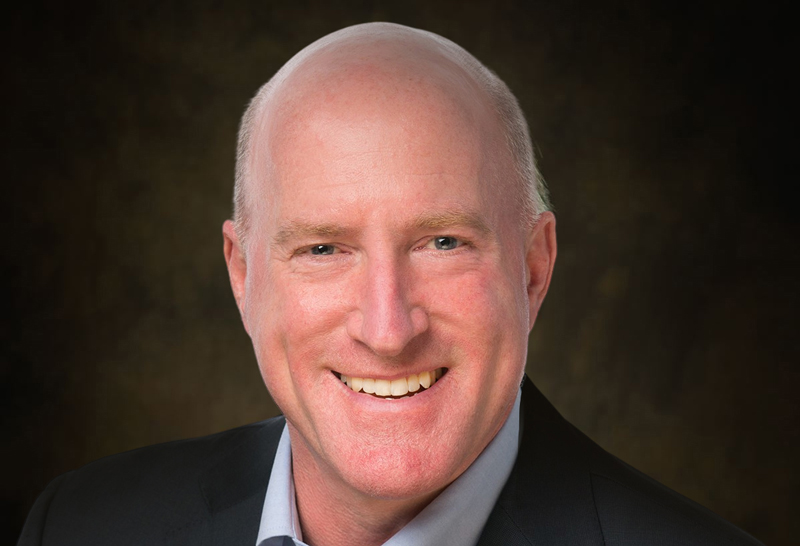The Bend, Ore., Dr. Urling Coe stepped into the winter of 1905 was a world apart from anything he had experienced. Even in those days it was the type of place most people knew only from Western novels.
A year earlier the town had been platted. Now a stream of settlers was swelling it from an encampment on the banks of the Deschutes River into a wide-open boom town.
In a memoir first published in 1940, “Frontier Doctor: Observations on Central Oregon and the Changing West,” Coe chronicled his experiences during the 13 years he practiced in Bend.
Coe writes half the people in Bend were living in tents. Some had come seeking work on the irrigation projects or in the town’s two small mills. Others sought land to homestead. The town had eight saloons, a couple brothels, a livery stable, one hotel and a handful of other businesses.
Coe was a 23-year-old fresh from residency and medical school at the University of Missouri and the Eclectic Medical College of Cincinnati. Another physician, Dr. Charles S. Edwards, had opened an office in Bend in 1902, but he soon moved to Prineville. Two others called themselves doctors when Coe arrived, but neither was licensed to practice in Oregon, Coe wrote. The nearest modern medical facility was 160 miles away in Portland.
For his first three years, Coe provided the only skilled medical care in an area that extended 90 miles into the desert to the east, south and west and past Redmond and Camp Sherman to the north. Every patient was a house call; some could be reached only by horseback.
But for 13 years, Coe treated illnesses and injuries and delivered babies in this tremendous area. His pioneering practice is in direct lineage to St. Charles Health System, which continues to serve the same region and beyond.
Many of his patients would be emergency room cases now. Calling a doctor for minor illness or injury was something people didn’t do. Preventive medicine was out of the question, and public health measures were rudimentary. But with the hard occupations of the region, Coe found a steady business.
Shortly after arriving, he received word of a sick man north of town. He drove his wagon 24 miles along the Deschutes River. When he arrived, Coe instead found a man who had had his foot nearly torn off in a wagon accident. Not expecting a dire injury, Coe hadn’t brought surgical equipment or supplies. Improvising as he would many times, he amputated the man’s leg on the store’s back counter using a butcher’s saw.
Coe learned to carry all the equipment he could on a wagon or in saddle bags.
“I spent most of my time in the buggy rushing around among my patients scattered all over the country. There were days at a time when I did not have my clothes off or go to bed. Sometimes I fell asleep and dozed while sitting by the bedside of a patient; but most of the sleep I managed to get was in the buggy while driving,” he wrote. “… On a few occasions, however, I was rudely awakened by a team tearing madly down the road, or off through the sagebrush …”
Poor hygiene resulted in much of the illness. Each summer typhoid fever erupted in Bend. The illness was being spread by houseflies that picked it up amid the open sewers. It took several years to convince residents to enclose sewage and drinking water and to put screens on their doors.
Coe approached his medical practice as a duty that outweighed his personal needs. He treated patients not knowing whether they could or would pay. Many never did.
He tells of being called to an abandoned homestead in the desert 85 miles southeast of Bend to tend a rustler who had been shot. It was February and a storm threatened as Coe departed by wagon in the evening. He drove all night until he reached a ranch halfway to his destination. After getting breakfast, he continued by saddle horse. He rode all day. As evening fell the snowstorm hit.
“I thought of the injured man at the butte who was expecting me. He might be a horse thief for all I knew, but his life might be lost, and I would be criminally negligent if I did not go on.”
Coe’s medical practice tamed slightly after he took a partner, Dr. Barnard Ferrell, and after a woman named Fern Hall opened a small hospital on Bend’s Oregon Avenue in 1908. Coe and Ferrell took over Hall’s hospital in 1914. They moved the hospital to a larger house on what is now Brooks Street. The Sisters of St. Joseph of Tipton, Indiana, would take over that hospital in 1918 to plant the seeds of St. Charles Health System. But like the settlers he treated, Coe was a pioneer who helped clear the rocky path for those who would follow.
Coe, Urling C. M.D.; Frontier Doctor: Observations on Central Oregon and the Changing West. Northwest Reprints, Oregon State University Press, Corvallis, OR, 1964.





